
Jun 03, 2021 · The pharmacy had not established reasonable criteria (certain circumstances, if any) for dispensing concentrated potassium chloride vials to a patient care unit (e.g., cardiac surgery). Thus, the pharmacist was able to request and approve the delivery of the vial to the patient’s room without an explanation regarding its use.

Click Here for Shell Vials! Shell vials are suitable for everything from storing vanilla beans to handling lab specimens, and they can be designed for automatic filling operations. They are ideal for storing dry products. Both plastic and cork stoppers may be used with shell vials. (Pacific Vial sells stoppers separately.)

Multi-dose vials are used in the hospital and outpatient settings to deliver drugs such as insulin, blood pressure medication, and immunosuppressants. The vial is considered “multi-use” because it can be penetrated with a sterile needle anywhere from 30-150 times for medication delivery. These multi-dose

Vials were incubated in 5% CO2 at 37°C. For each specimen, one vial was stained after 16 to 24 hours and the second vial after 40-48 hours. Simultaneous cultures with known HCMV strain and uninoculated vials were used as positive and negative controls respectively. Cell quality was assessed by microscopic examination of one shell vial in each

Contact Information. 772.287.5200 200 SE Hospital Ave. P.O. Box 9010, Stuart, FL 34995 View All Locations
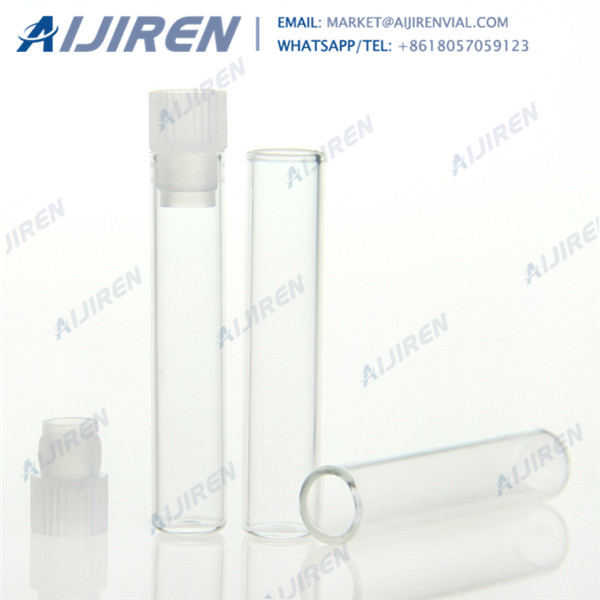
Mar 15, 2017 · common symptoms in the dying process. Delirium and agitation may be caused by reversible etiologies, which should may be caused by low oral intake or opiate use. Preventive regimens to avoid ...
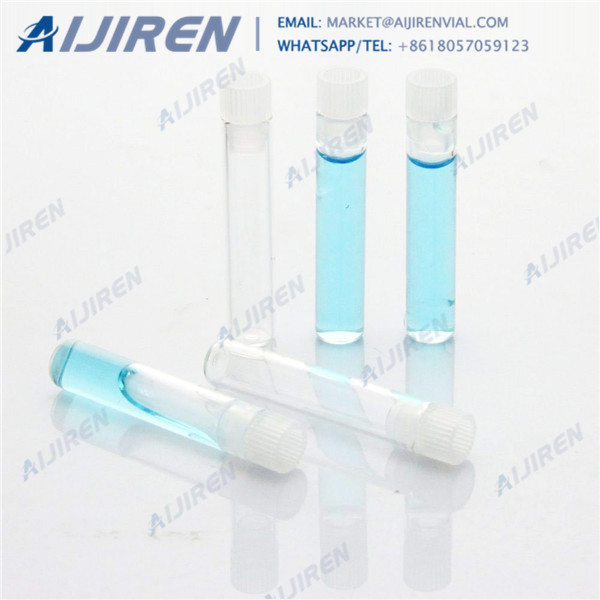
Common Basic Crash Kit Medications and Equipment • Adult and pediatric-dose epinephrine auto-injector • Epinephrine 1:1000 for IM use • First line drugs for treatment of common problems such asDiphenhydramine, oral and vial for IM use • Albuterol inhaler, aspirin, nitroglycerin spray, oral glucose, naloxone nasal spray

Most common adverse reactions (incidence ≥ 3%) are constipation, anxiety, diarrhea, insomnia, hypertension andnausea (6.1) 20 mg/mL single- dose vials for further dilution prior to ...

infections (HAI) and antimicrobial use (AMU) conducted in Ireland and the European Union (EU)/European Economic Area (EEA) using a common protocol.1, The first PPS was performed in 50 Irish hospitals in May 2012 and repeated 2in 60 hospitals in May 2017.,3 The number of patients

Jun 01, 2021 · MRC-5 (Human Fibroblast cells) is used as a cell line in shell vial culture. Uses. Rapidity achieved without compromise in sensitivity has made shell vial cell culture an important technique in diagnostic virology. This technique can be used to detect most viruses that grow in conventional cell culture and especially useful for viruses that require relatively long incubation for producing cytopathic effect (CPE). Shell vial cell culture is used to identify medically important viruses such as
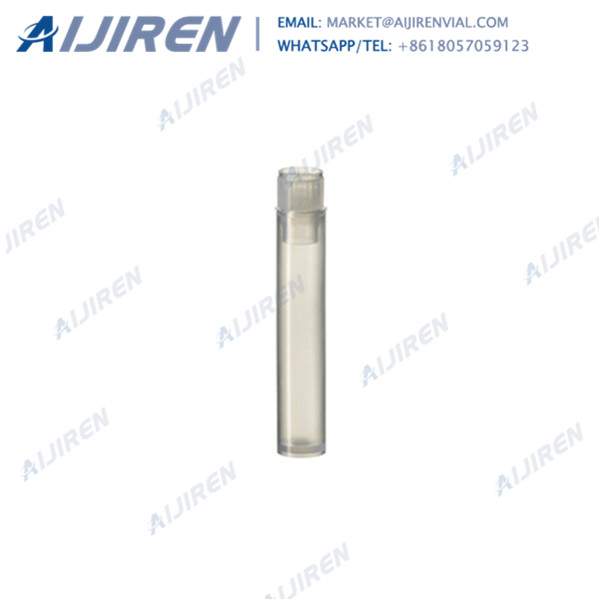
DWK Life Sciences (Wheaton) Polypropylene or glass Cap finish is 15 mm Shell vials are designed for use with autosamplers that require 15 x 45 mm vials. Vials are are available in clear glass or natural polypropylene. 1234Q06 has a limited volume of 3 mL with other vials having a capacity of 4 mL. Caps sold.

Jan 06, 2006 · Shell vial culture is a rapid and efficient tool for the etiological diagnosis of JE, WN and Den-2 encephalitis cases. Early, prompt collection, transport and processing of the CSF samples, would make SVC a better method for the rapid diagnosis of these flaviviral infections.
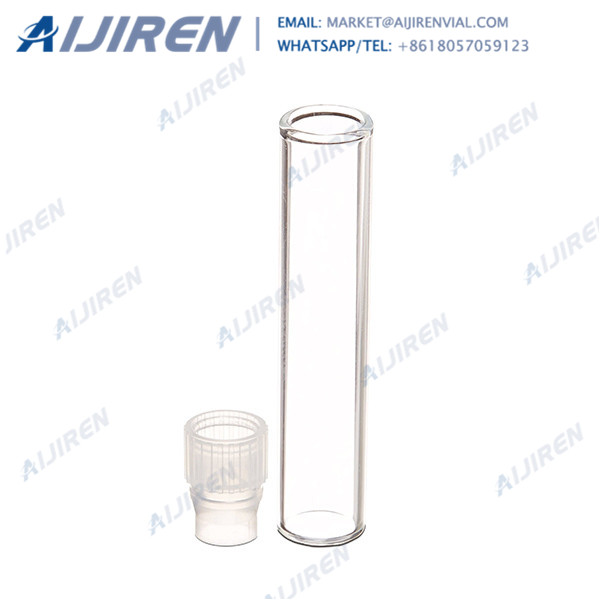
Aim of this study is to support quantitative real-time polymerase chain reaction (PCR) versus shell vials culture for CMV screening in urine samples. Patients & methods: A retrospective study was conducted on 255 urine samples belonging to patients admitted to Bambino Gesù Pediatric Hospital, Rome, Italy, with suspected congenital CMV infection.
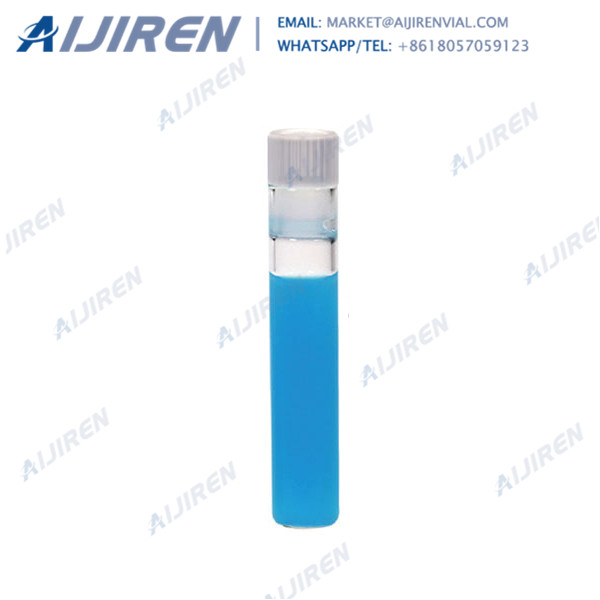
Vials labeled by the manufacturer as “single dose” or “single use” should only be used for a single patient. These medications typically lack antimicrobial preservatives and can become contaminated and serve as a source of infection when they are used inappropriately.

The experience of a public hospital virology laboratory during a springtime 2009 outbreak of a novel influenza A (H1N1) virus in New York State is described. Influenza virus was isolated from 145 of 613 respiratory swab specimens. Symptoms of fever (temperature, 102.7 ± 0.32°F), cough, upper respiratory infection, myalgia, and headache were reported. Atypical symptoms of nausea/vomiting and